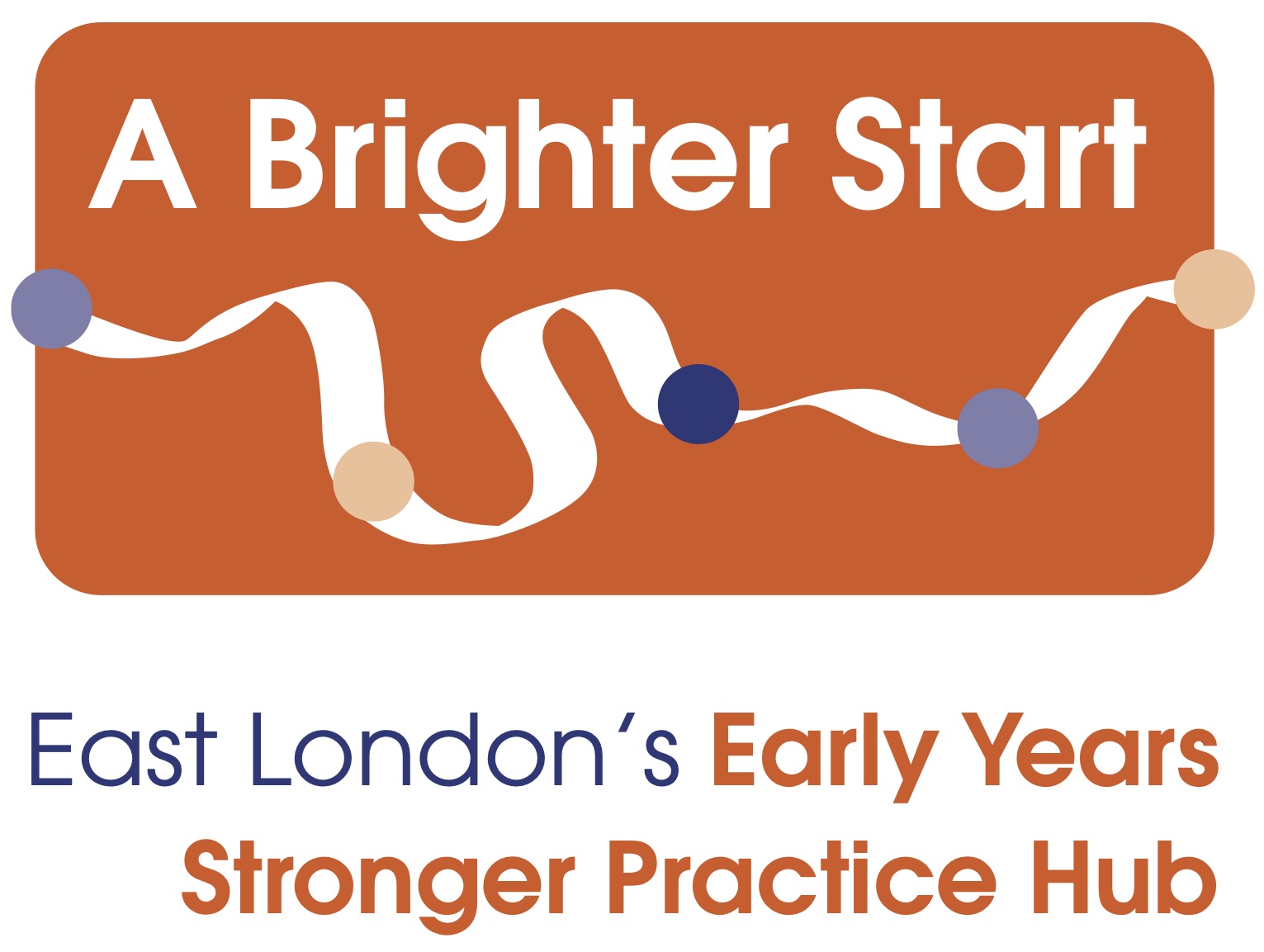The association between oral language delay and long-term negative educational and social outcomes is clear.
Talking Time is an evidence-based programme that addresses this concern.
1.Talking time is a small group intervention for all children
Talking Time is a structured intervention with a manual to guide practitioners. The programme aims to give practitioners the tools they need to improve their interactions, thus creating a high quality language-learning environment for young children.
Every child has equal access to Talking Time: it is not only for children with SEND, EAL or who are living with disadvantage.
Led by Dr Sandra Mathers (University of Oxford), Professor Julie Dockrell (University College London) and the late Professor James Law (Newcastle Uni), this programme has been developed and refined over many years.
2. It is evidence-based
Talking Time draws on much the same evidence as:
(i) Early Years Conversation Project: a 6-month sustained programme to improve children’s communication through CPD.
(ii) The Education Endowment Foundation’s ShREC: four specific strategies used to improve their interactions.
3. How the programme works
Talking Time is embedded into ongoing practice, as opposed to a time-limited intervention for specific children, like Nuffield Early Language Intervention (NELI). It's about building high quality language-supporting practice for the long term.
The programme is led by the children’s key person. All children take part in two 15-minute activities every week in small, mixed language ability groups.
Activities include:
- Story Conversations: shared storytelling and conversation using illustrations in storybooks as prompts. It is intended to promote comprehension, narrative and higher-order language skills: description, prediction, inference). It also provides opportunities for word learning.
- Word Play: games and guided role play are designed to develop the children’s breadth and depth of vocabulary.
Hexagons: this involves creating and retelling stories based on photos of real situations. It is best if these situations are familiar to children (e.g., going shopping, cooking) so they prompt conversational exchanges.
4. It combines daily practice with CPD.
A unique quality of Talking Time is that it combines a manualised intervention with professional development. Dr. Sandra Mathers from the University of Oxford says, ‘The Continuing Professional Development prepares staff to understand the principles behind the programme and the language-supporting strategies which underpin it.’
The ‘on-the-job coaching’ aspect of Talking Time uses a reflective framework: Rehearse, Notice, Analyse and Refine.
Rehearsing: practising the language-learning strategies you are using
Noticing: tuning into what you are doing
Analysing: reflecting on the effects of your strategies - how successful were they? What effect did they have? What might you have done differently?
Refining: considering what you learned; what you want to change or work on; what your next steps will be.
The overarching aim is to further the staff’s language-supporting expertise by learning what good strategies look like and becoming more intentional about their practice. As a result, practitioners become skilled in developing their communication-supporting practice throughout the whole day, so the benefits to children are not limited to the short sessions they attend.
5. Its benefits to children
The research found improvements in adult-child interactions, particularly in the number of conversational exchanges between staff and children during a story reading activity.
Dr Sandra Mathers comments, ‘We are especially pleased about the changes in quality of practice because we know that back-and-forth conversational exchanges are such powerful language learning contexts for young children.’
The programme also improves children’s vocabulary knowledge. When taking part in a shared reading activity, children come across words that they would not in their everyday lives.
By Caroline Vollans
Further reading:
Ang, L; Harmey, S; (2019) Manor Park Talks: Effective Strategies Review. UCL Institute of Education: London, UK.
Harmey, S., Ang, L. and Grenier, J. (2022) ‘A participatory approach to embedding evidence in practice to support early language and communication in a London nursery school’. London Review of Education, 20 (1), 31. DOI: https://doi.org/10.14324/LRE.20.1.31.
Law, J., Charlton, J., Dockrell, J., Gascoigne, M., McKean, C. and Theakston, A., 2017. Early language development: Needs, provision and intervention for pre-school children from socio-economically disadvantaged backgrounds. London Education Endowment Foundation.
Mathers, S. (2023) ‘Language and Communication’ in Vollans, C. and Grenier, J. (eds) Grenier, J. and Vollans, C. eds., 2022. Putting the EYFS Curriculum Into Practice. SAGE.
